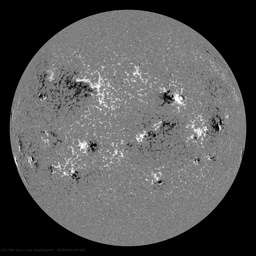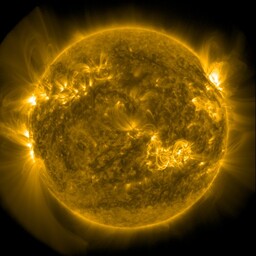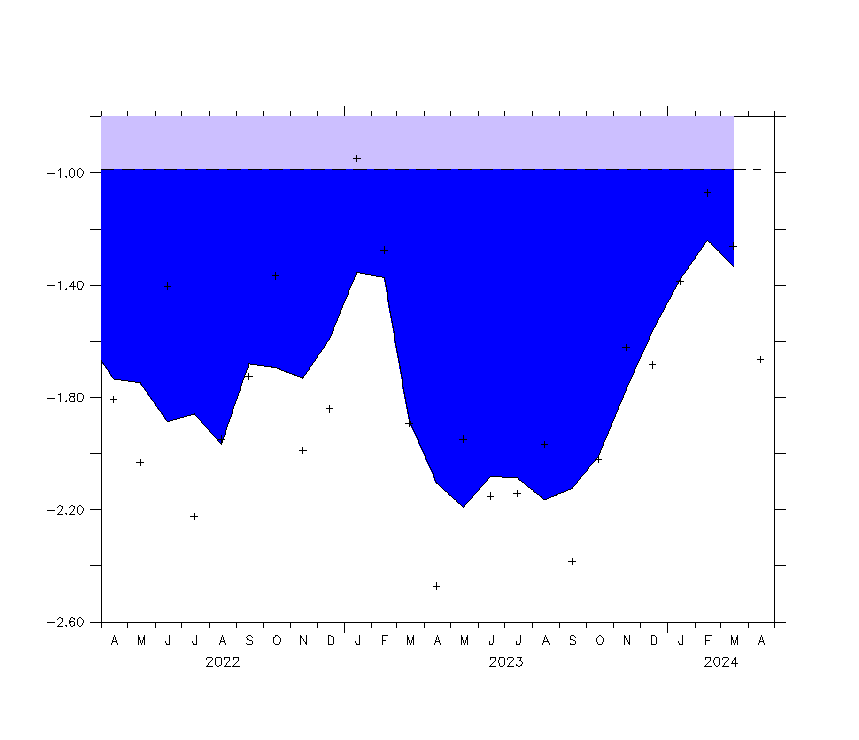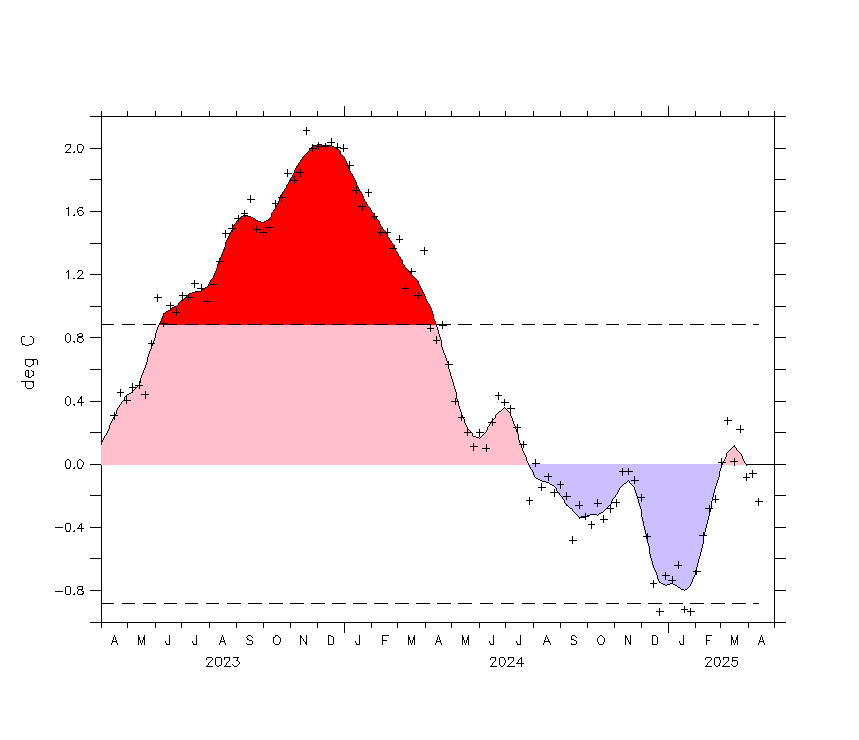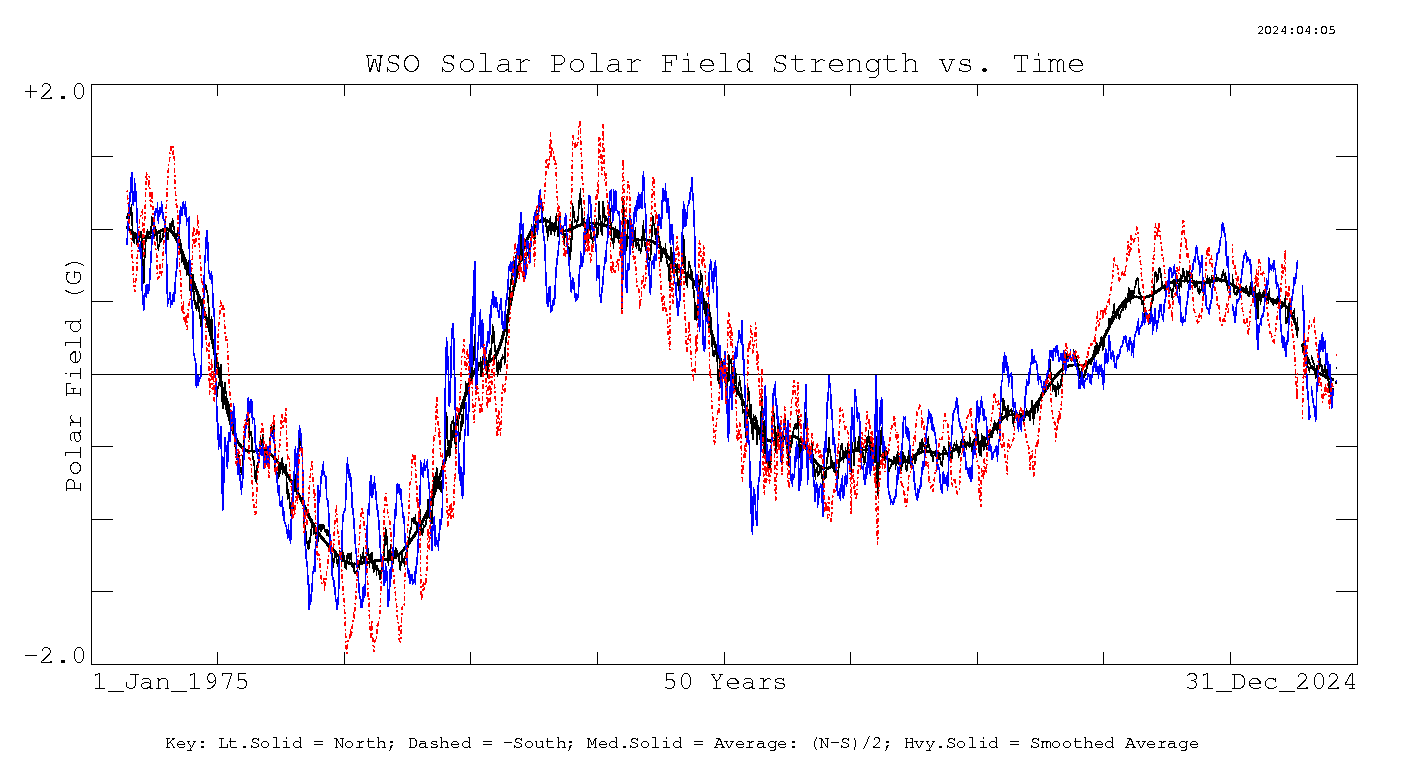Empirical evidence for a celestial origin of the climate oscillations
and its implications.
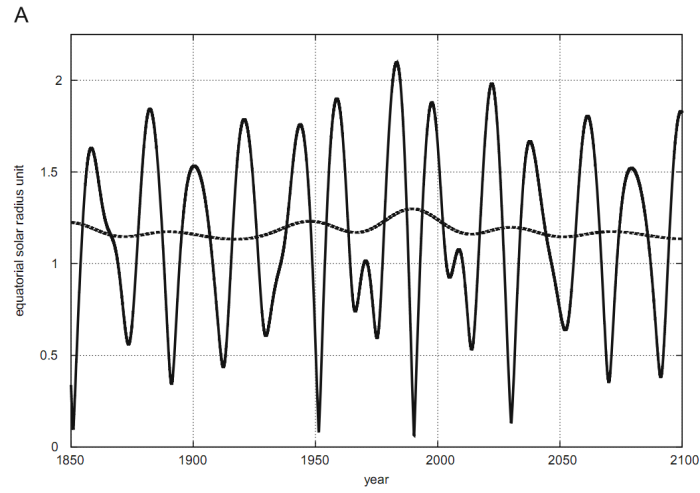
Nicola Scafetta has just published a new paper which I think will become one of the cornerstone publications on our future understanding of the Earths climate system.
The PDF file is freely available from http://arxiv.org/abs/1005.4639
Nicola's new paper adds more detail and consolidates his EPA speech given Feb 26th 2009. The main thrust of his paper is the overwhelming references that point to a quasi-60 year cycle in the Earth's climate system that correlates and lines up with the observed solar movements about the SSB (solar system barycentre). The same principles of the 4 outer gas giants as seen in my recently published paper are employed and there is a lot of symmetry between both areas of research. Nicola is prescribing an astronomical driver to our climate cycles and I am nominating the same solar system dynamics as a driver of solar output. The two can be mutually exclusive but look to mainly work in unison.
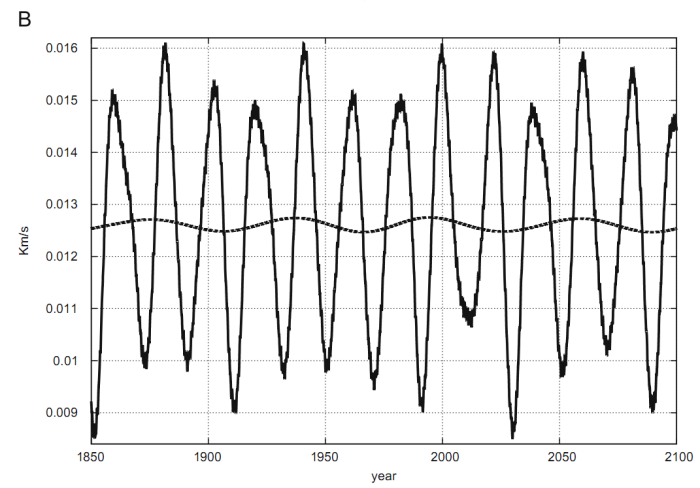
One of the main climate drivers is the PDO (Pacific decadeal oscillation) which aligns with solar velocity modulation, the other metric that Nicola shows is the solar distance from the SSB which moves in 20 year approx modulations but fluctuates higher when Uranus & Neptune are in conjunction (see top graph). The two oscillations combining to achieve the largest amplitude of modulation for over a hundred years that also corresponds to the large temperature increase between 1970 and 2000. The IPCC determines this as an AGW forcing but perhaps they have been riding a wave driven by celestial forces that is now crashing down around them? The celestial patterns have been coming off a high at around 2000 and are now well and truly on the decline phase, with the PDO also into its cool phase. Add to this the Landscheidt minimum and the stage is set for a reasonable period of cooling along with a platform to prove/disprove our theories.
Below is some excerpts from Nicola's paper showing some similarities in our research.
The sunspot cycle also presents a bi-modality with periods that
oscillate between 10 and 12 years, that is between the opposition-
synodic period of Jupiter and Saturn and the period of Jupiter,
respectively (Wilson, 1987). Two large temperature cycles (#5
and #6) are present within this spectral range. Ogurtsov et al.
(2002) found evidences for a 60–64 year period in 10Be,14C and
Wolf number over the past 1000 years. Ogurtsov et al. found
45-year cycles, 85-year cycles plus bi-secular cycles in the solar
records. These findings indicate that Jupiter, Saturn, Uranus and
Neptune modulate solar dynamics.
Then, a varying Sun modulates climate, which amplifies the effects of
the solar input through several feedback mechanisms. This
phenomenon is mostly regulated by Jupiter and Saturn, plus
some important contribution from Neptune and Uranus, which
modulate a bi-secular cycle with their 172 year synodic period.
Fig. 5. (A) Distance and (B) speed of the Sun relative to the CMSS. Note the 20 and 60 year oscillations (smooth dash curves), which are due to the orbits of Jupiter and Saturn. In addition, a longer cycle of about 170–180 years is clearly visible in (A). This is due to the additional influence of Uranus and Neptune.
UPDATE Nov 2010:

This plot shows the two powerwaves that influence Solar output and Earth's climate. The pink AM curve is controlled mainly by the opposition and conjunction of Uranus and Neptune. High solar activity occurring at the peak of the wave but this can be broken by grand minima, the timing is controlled by the relative positions of Jupiter and Saturn when Uranus and Neptune are coming together. Grand minima can never occur at the bottom of the wave although a weak slowdown can occur on the downside/upside caused by a partial alignment. The blue curve is Scafetta's Solar Velocity Curve which correlates with the PDO pattern, neg PDO on the downslope and pos PDO on the upslope. When a neg PDO coincides with grand minima the greatest cooling is witnessed as seen at 1800,1970 and now. THe PDO during its negative phase have a strong cooling influence on the ENSO cycle while a weak Sun produces much lower levels of EUV which has downtream climate cooling effects. I am also keeping an eye out for any changes in the Gulf Stream during SC24 which is now very likely heading for a very low cycle.
UPDATE June 2011:
Ian Wilson has sent me one of his papers recently translated that supports the Scafetta line on the PDO/SSB link. Ian adds extra detail via LOD data and Lunar cycles that is further evidence for this emerging area of science.
Ian's paper can be found here. http://www.wbabin.net/files/4424_wilson.pdf


